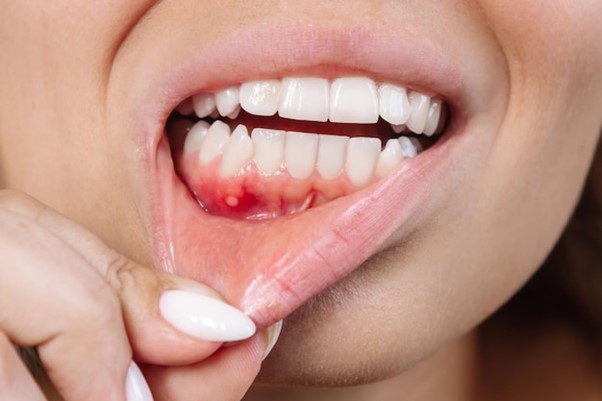Periodontitis is a serious condition affecting the gums, leading to inflammation, bleeding, and potential tooth loss if not treated promptly.
What is Periodontitis?
Periodontitis, a type of gum disease, occurs when bacteria cause severe inflammation of the gums. Without proper treatment, periodontitis can progress, damaging the bone that supports the teeth and eventually leading to tooth loss.
How Common is Periodontitis?
Periodontitis is prevalent and the risk increases with age, but it can also occur in younger individuals, especially those with poor oral hygiene habits or a family history of gum disease.
Symptoms and Causes
Symptoms of periodontitis include red, swollen gums, bleeding during brushing or flossing, bad breath, loose teeth, and changes in how your teeth fit together.
Poor oral hygiene is the primary cause, allowing bacteria to accumulate and trigger inflammation. Other factors like smoking, diabetes, genetic predisposition, and hormonal changes can also increase the risk.
What Happens if Periodontitis Goes Untreated?
Periodontitis progresses through stages, starting with gingivitis, where gums become red and swollen, and advancing to mild, moderate, and severe periodontitis if left untreated. Without intervention, it can lead to significant bone loss, loose teeth, and chronic infections that affect overall health.
Diagnosis and Tests
A dentist can diagnose periodontitis during a dental examination, assessing symptoms, probing for pockets around the teeth, and using X-rays to check for bone loss. Referral to a periodontist may be necessary for specialized care.
Management and Treatment
Treatment options for periodontitis include nonsurgical and surgical approaches. Nonsurgical treatments may involve antibiotics, deep cleaning procedures like scaling and root planing, while surgical options include flap surgery, bone grafts, gum grafts, and guided tissue regeneration to restore damaged tissues and prevent further progression.
Prevention
Preventing periodontitis involves maintaining good oral hygiene habits, including regular brushing and flossing, attending dental check-ups and cleanings, avoiding smoking, and managing conditions like diabetes that increase the risk of gum disease.
While periodontitis cannot be cured, it can be managed effectively with proper care and treatment. Patients should work closely with their dentist or periodontist to develop a personalized treatment plan and follow up regularly to maintain oral health.
Periodontitis is a common and serious gum disease that requires timely intervention to prevent complications like tooth loss and maintain overall health.
Regular dental care and good oral hygiene practices are essential in the prevention and management of periodontitis, ensuring a brighter outlook for oral health and well-being.



